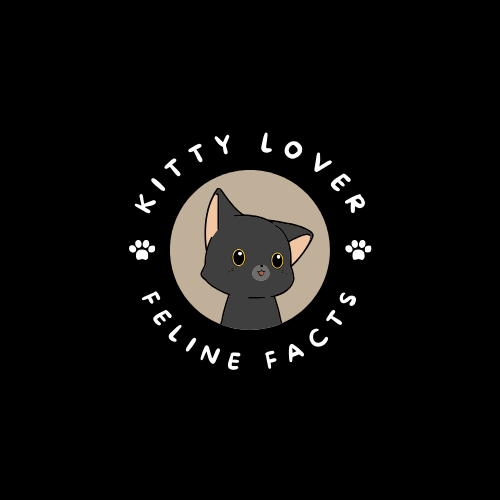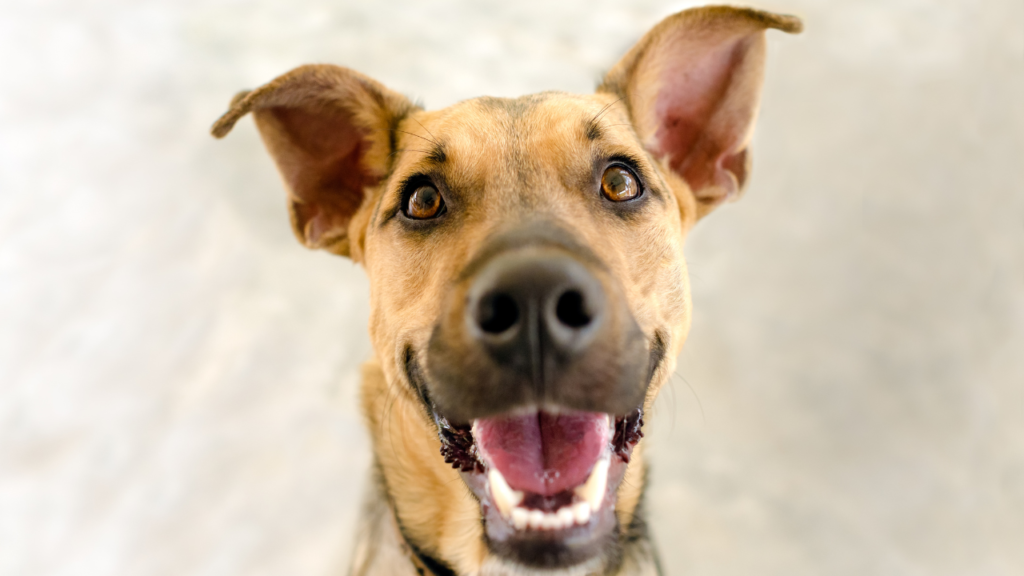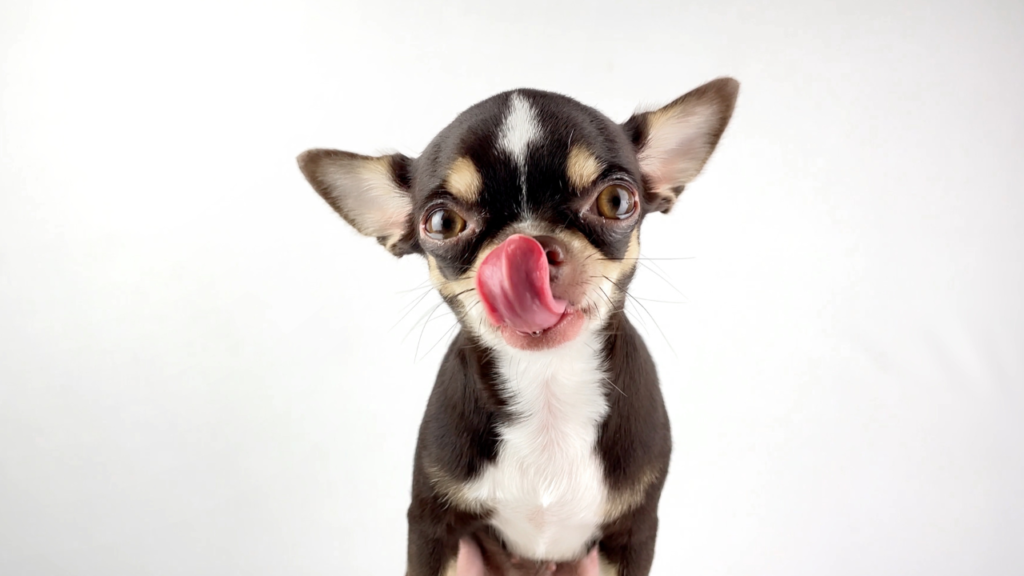Everything you need to know about the munchkin cat, including some surprising facts.

In today’s world, watching cute cat videos has become a hobby in its own right, and we’re all for it. Some exceptionally cute kitties tend to go viral all the time, and it’s no wonder that many of the most famous TikTok videos include an adorable munchkin cat. Whether you’ve been a fan for a long time or just discovered the breed online, you might be wondering what a munchkin cat actually is. Let’s learn more about these fascinating cats.
Munchkin cats: Learning about the breed
Munchkin cats are a distinct type of cat, with small, stubby legs, elongated bodies, and an unquenchable curiosity. In fact, these short-legged beauties wouldn’t appear out of place in fantasy fiction. (Is it just us, or do Munchkin cats resemble the magnificent steeds of fairy kings and queens?) Munchkin cats have arisen and departed numerous times throughout history, owing to the fact that this genetic mutation can occur anywhere. The current munchkins, on the other hand, are from Rayville, Louisiana, a small town.
Sandra Hochendel, a Rayville music teacher, discovered two pregnant munchkins, one black and one grey, huddled beneath a truck. Hochendel kept the black cat, naming it Blackberry, and rehomed the grey cat, Blueberry. Unfortunately, no one knows what happened to Blueberry, but we can trace all modern-day munchkins back to Blackberry and her offspring.
Do munchkin cats always remain tiny?

Cute munchkin cats have captured many people’s hearts, in part because they remain small throughout their lives, even as they grow up. The most prominent feature of this breed is a genetic abnormality that causes them to have stumpy legs that are roughly 3 inches shorter than the average. While all newborns eventually grow into adults, munchkins remain permanently low to the earth. It means they resemble dachshunds and are commonly referred to as sausage cats. Some can even stand upright on their hind legs!
Munchkin cat’s size, behaviour, and health
Munchkin cats, like the Sphynx and Manx, are the direct product of inbreeding, which can cause a variety of health problems and, on rare occasions, behavioural disorders. If you want to adopt one of these adorable cats, you should be aware of a few things first. We are here to walk you through all you need to know.
Size
The munchkin cat is a small-medium cat breed, with stubby legs and fluffy coats that can make them appear larger than they are. Males are often larger than females, as is true for all cat breeds. Male munchkin cats typically weigh 6 to 9 pounds and females weigh 4 to 8 pounds.
Personality
Munchkin cats are not only cute, but also one of the world’s most affectionate breeds. Munchkins enjoy spending time with their human family, which includes children. (Remember to keep an eye on your children when they play with the household pet!) You’ll also want to avoid leaving precious jewellery about the house. The munchkin’s fondness for sparkling objects has prompted comparisons to birds, garnering the breed the moniker “magpie.”
Munchkin cat lifespan and health concerns

Cat fans on both sides of the debate are keen to express their views on the breed. Fortunately for munchkin cat lovers, these fur babies can have a very normal life with adequate care. Munchkins, while not as long-lived as some breeds, live for a good 12-15 years.
But we also have some tragic news. Munchkins’ adorable stubby legs are the result of a genetic abnormality, which can cause serious health conditions such as osteoarthritis. While arthritis therapy is widely available, prospective pet parents should keep an eye on their furry companion’s weight, since carrying excess pounds puts unnecessary strain on their already-stressed joints. A well-balanced diet, regular exercise, and communication with your veterinarian will help you keep cats of any breed healthy for as long as possible.
Is a Munchkin cat a suitable pet?
Munchkin cats may be excellent pets for many homes. Munchkin cats are little in size, but have large, loving personalities. Cats have an image for “hiding” and being “anti-social,” although this is not always true.Munchkin cats typically defy the norm and like spending time with family members of various ages. Still, keep an eye on tiny children around munchkin cats and monitor their body language for signs of concern. This caution applies to all animals, but munchkin cats are especially vulnerable to damage due to their small size. A shelter can arrange a meet-and-greet between you and a munchkin cat to ensure that you and your family are the greatest fit to care for the particular feline.
Munchkin cat pricing
If you want to bring a munchkin cat into your home, you’re undoubtedly wondering, “How much is a munchkin cat?” Unfortunately, the response is “That depends.”
Many factors determine the price of a munchkin kitten. While unethical breeders sell kittens at lesser prices, we strongly advise you to avoid purchasing from them. Low-cost breeding facilities are notorious for their blatant disdain for animal care, health difficulties, and awful living circumstances. On average, reputable breeders charge $500-$1,500 for munchkin cats, but if you want a famous pedigree or an uncommon coat pattern, you could pay up to $2,000-$3,000.
While the breed is not without controversy, the munchkin cat is here to stay. Will munchkins be welcomed in the same way that Sphynx and Manx cats are? Only time will tell.
Everything you need to know about the munchkin cat, including some surprising facts. Read More »


























